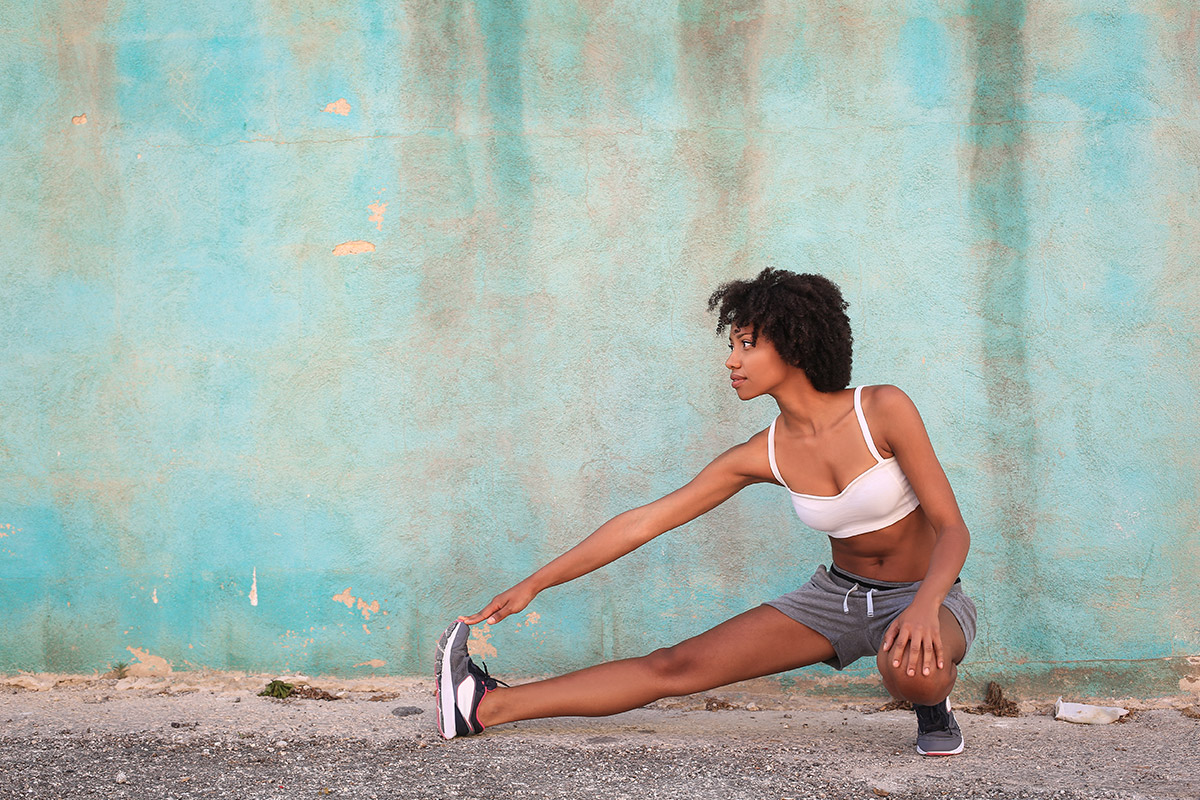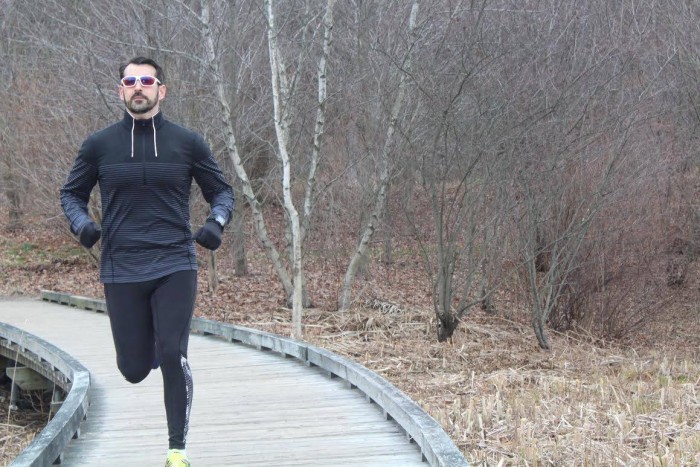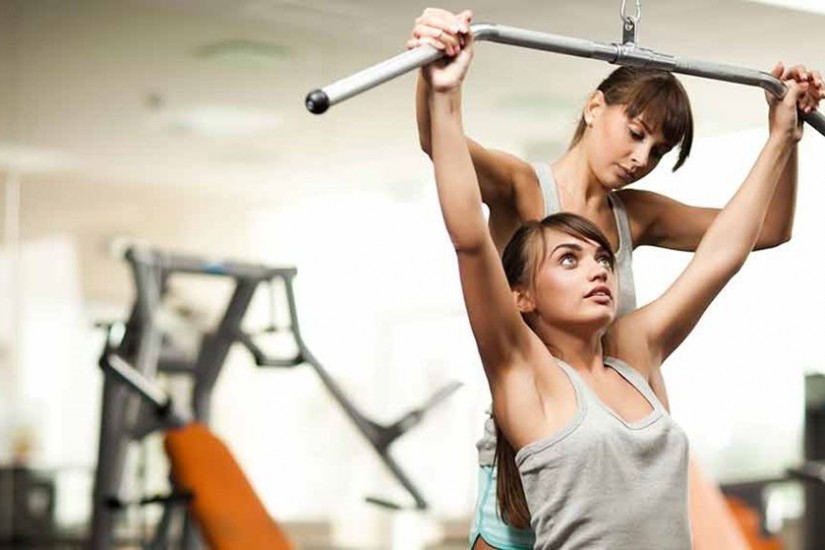Stretching or not stretching before a workout is a pretty controversial topic, especially when it comes to static stretches. There is research that shows better performance when stretching prior to a workout, and there is also research showing better performance when not stretching prior to a workout.
I don’t really believe anyone is really wrong when it comes to stretching or not stretching before a workout, if someone finds they perform better and reduces their chances of injury by completing static stretches prior to a workout, then they should continue doing so, the same applies to not completing static stretches. I have read articles by trainers who I not only think highly of, but have an extremely credible reputation in the industry, and they will all have different opinions and views from one another. One will say to complete a certain type of stretching before a workout, the other will say not too.
I prefer not to complete any static stretches prior to working out, and I prefer not to run my clients through any static stretches prior to their workouts. This is not only from experiencing better performance, but also from a certain belief in what a warm-up should consist of and achieve.
Completing a warm-up should aim to increase blood circulation throughout the body, raise the temperature within the body, muscles, ligaments and joints as well as prepare the cardiovascular system, respiratory system, muscular system and nervous system for activity.
Static stretching prior to a workout can fatigue muscles and make it difficult for muscles to contract, which in turn can make you feel weaker and increase your chances of injury. There are many studies which conclude that static stretching prior to a workout reduces the amount of force the muscles can take as well as decreasing the muscles power output, the amount of time the reduction in force lasted in the studies varied between 15min and 2hours and as much as 17% of power output was reduced for up to 90min.
When warming up, I like to first increase circulation and body temperature by including exercises such as running, running on the spot, star jumps, squats and push-ups. Once body temperature has been raised, I will run through the exercises which will be completed as part of my workout, the reason for this is to activate the muscles, joints and ligaments in the range of motion they will be in during the workout, this will help increase blood flow and enhance the lubrication to the joints involved. I will then complete some dynamic stretches; this form of stretching activates the nervous system and will temporarily increase strength.
Post workout, it is important to stretch with static stretches, PNF stretches or dynamic stretches, or a combination of all of them. Again, there are different beliefs in when to complete stretches after a workout, some will say stretches should be completed straight away when body temperature and blood flow is still raised, others will suggest otherwise and recommend stretching 1-3hrs after a workout when body temperature has lowered and muscles have relaxed.
Not everybody is the same and will benefit from the same stretches. So finding out the when to complete stretches and what types of stretches provide you personally with the best performance, recovery and flexibility gains is what you should continue doing.
Some of the benefits associated with stretching include:
- Achieving and maintaining optimal joint range of motion, by lengthening the muscles ligaments and tendons around the joints.
- Improves posture
- Helps to correct muscle imbalances
- Reduce risk of injury
- Reduces the risk of muscle soreness resulting from exercise.
- Reduces susceptibility to muscle strain
- Aid mental and physical relaxation
Below are some of the more popular types of stretches and what they entail;
Static Flexibility
A static stretch does not involve motion; It involves holding a stretching position for 15-30seconds. Static stretches post workout will help to relax muscle tissue and reduce muscle fatigue and soreness.
Isometric Stretching
Isometric stretches are similar to static stretches, but resistance is applied by either using an object such as the floor or a wall, a partner, or resistance against your bodyweight. Isometric stretching is stressful on the body but when done correctly provides greater increases in static flexibility than static stretches and active stretching would provide.
Ballistic Stretching
Ballistic Stretching is the momentum of a moving body or limb, involving movements such as bopping, bouncing or rebounding during a stretching position. Ballistic stretching aims to increase the range of motion forcible. The risk of injury during ballistic stretching is much greater than other types of stretching as there is a risk of loading soft tissue structures beyond their normal capabilities.
Dynamic Stretching
Dynamic stretching aims at developing flexibility in movement by moving muscles through their full range of motion, these movements do not include bouncing or jerking movements like ballistic flexibility does, as it relates to the stretching process corresponding to a certain activity. Dynamic stretching uses muscles to move the joint through its range of motion in an activity at either normal or fast speed. An example is controlled arm circles, torso twists and leg swings.
Active Stretching
Active flexibility may be static or dynamic and aims at achieving range of motion without assistance. A good example of active flexibility is the ability to slowly raise and hold one leg to a 100 degree angle for more than 10seconds.
Proprioceptive Neuromuscular Facilitation (PNF)
PNF stretches use a contract-relax technique where the muscle is firstly gently stretched before resistance is added for a few seconds and then relaxing again into a stretch. The majority of PNF stretches are done with a partner who aids as the resistance. PNF Stretches are one of the most beneficial stretches in gaining flexibility.




